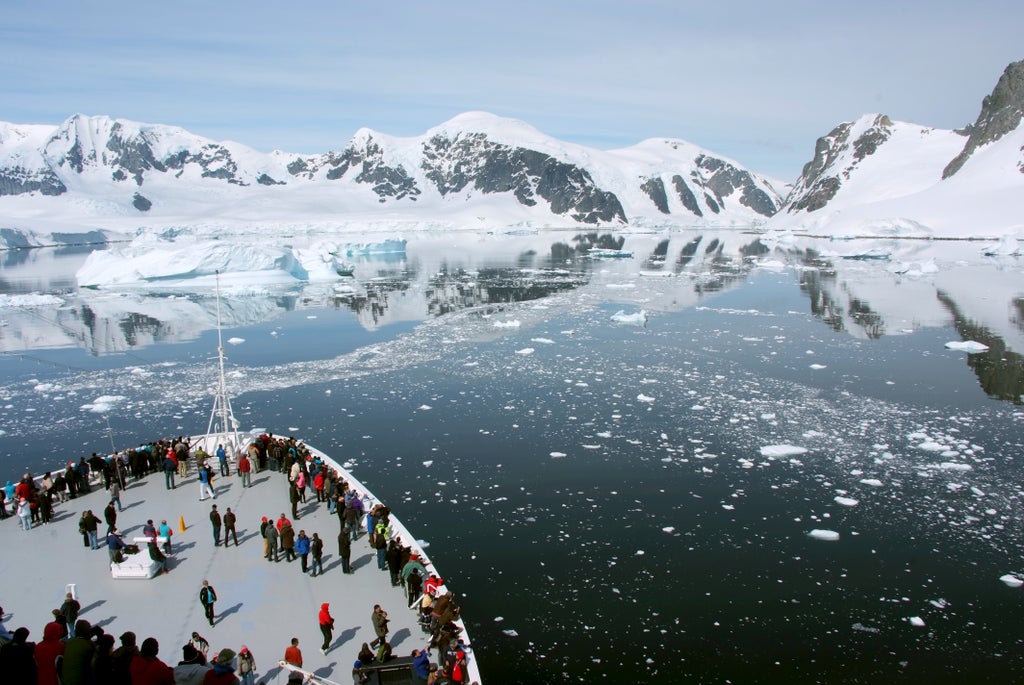The ozone may be a more potent greenhouse gas than previously thought, according to a new study which found it appears to be weakening one of the Earth’s most important cooling mechanisms.
Researchers found changes to ozone levels in two layers of the planet’s atmosphere were responsible for almost a third of global warming seen in the past 70 years.
Ozone is a highly reactive gas that is created in the upper atmosphere by interaction between oxygen molecules and UV radiation from the sun.
The ozone layer high in the upper atmosphere protects us from much of the sun’s ultraviolet radiation.
However, in the lower atmosphere, it forms due to chemical reactions between pollutants like vehicle exhaust fumes and other emissions.
Ozone air pollution at ground level where humans breathe causes serious health problems.
(Getty Images)
In the study, published in the journal Nature Climate Change, researchers found an increase in ozone in the lower atmosphere was causing the deep and rapid warming in ocean waters bordering Antarctica.
Dr Michaela Hegglin, an associate professor in atmospheric chemistry and one of the study’s authors, said: “Ozone close to Earth’s surface is harmful to people and the environment, but this study reveals it also has a big impact on the ocean’s ability to absorb excess heat from the atmosphere.
“These findings are an eye-opener and hammer home the importance of regulating air pollution to prevent increased ozone levels and global temperatures rising further still.”
To improve the understanding of the impact of ozone on heat uptake, the team used models to simulate changes in ozone levels in the upper and lower atmosphere between 1955 and 2000 and to isolate them from other influences.
These simulations showed that a decrease in ozone in the upper atmosphere and increase in the lower atmosphere both contributed to warming seen in the top 2km of waters in Southern Ocean, also known as the Antarctic Ocean.
A surprising finding for the researchers was that the increased ozone in the lower atmosphere caused 60 per cent of the overall ozone-induced warming seen in the Southern Ocean over the period studied — much more than previously thought.
This was not expected because tropospheric ozone increases are typically thought of as a climate forcing in the Northern hemisphere since that is where the main pollution occurs.
“We have known for a while that ozone depletion high in the atmosphere has affected surface climate in the Southern Hemisphere,” Dr Hegglin said.
“Our research has shown that ozone increases in the lower atmosphere due to air pollution, which occurs primarily in the Northern Hemisphere and ‘leaks’ into the Southern Hemisphere, is a serious problem as well.
“There is hope to find solutions, and the success of the Montreal Protocol at cutting CFC use shows that international action is possible to prevent damage to the planet.”







More Stories
New vaccine may hold key to preventing Alzheimer’s, scientists say
Just 1% of pathogens released from Earth’s melting ice may wreak havoc
Europe weather: How heatwaves could forever change summer holidays abroad